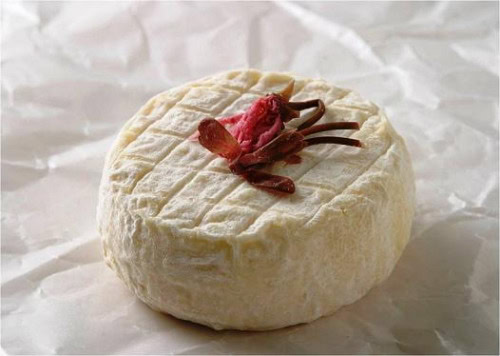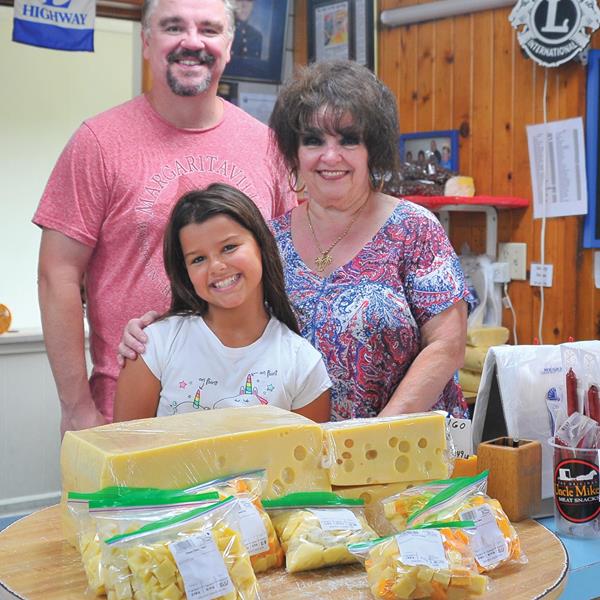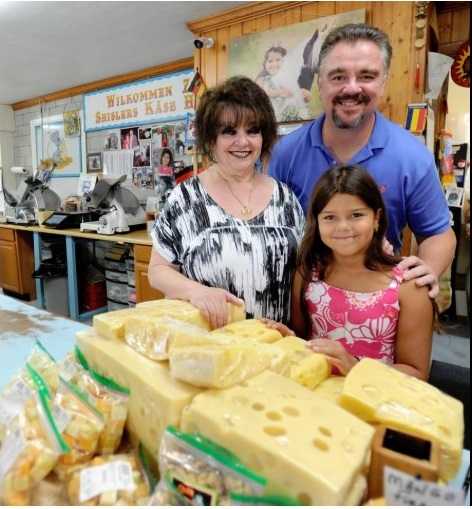Blog
Exploring Asian Cheeses
It is commonly assumed that cheese is popular all over the world, but that is not the case. It may be hard to imagine the world without cheese, but in many Asian countries, cheese is not a food with much cultural or culinary significance.

For example, in China, milk, and dairy products have been historically rare. The biggest reason behind this is the high rate of lactose intolerance, along with other reasons such as poor climate, and storage and transportation issues.
In this modern day, however, the technological advancements are changing times in Asia, enabling the cheese market to grow. One day, there might be a whole range of delicious cheeses available throughout Asia, but for now, let’s explore some varieties from current and notable Asian cheese-producing countries. These countries include the Philippines and India, and whether it is made from yak’s milk, blended with confections or enjoyed fresh, the cheese in Asia may be little, but they are unique nonetheless.
Philippines
Kesong Puti:

This cheese is also known as Filipino cottage cheese. It is a fresh cheese which is made from rennet, salt and unskimmed milk of carabao, which is a species of Southeast Asian water buffalo. Kesong Puti is a soft cheese which is white colored with salty, but sometimes sour flavors. Its origin is in the provinces of Laguna, Samar, Bulacan, Cebu and it remains fairly popular in those areas as a breakfast food. Common pairings with this cheese are a freshly baked piece of local bread called “pan de sal”.
India
Bandel (Bandal):
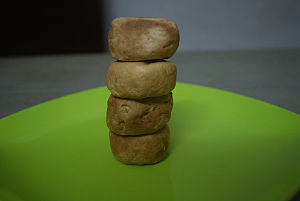
Bandel is a soft, unripened salted cheese which gets its name from the place it originates- Bandel. This cheese is made out of cow’s milk, and they use lemon juice to separate the curds from the whey. It is then shaped and drained into baskets and smoked. Bandel is sold in circular flats immediately after production and is fresh and aromatic because of that.
Paneer (Panir):
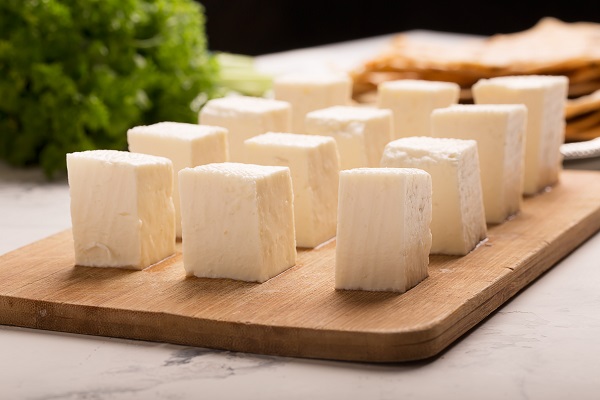
Perhaps the most well known of all the Asian cheese, this traditional cheese is semi-soft and made from cow’s milk. Traditionally used in Indian cuisine, the process of making Paneer does not involve rennet because cows are sacred to Hindus. It is also unaged, acid-set and is completely vegetarian. A lot of curry dishes include Paneer or it is wrapped in dough and fried for snacks because it is high in protein. The cheese is similar in texture to ricotta or tofu and acts as a perfect meat substitute for vegetarians.
Nepal and Tibet
Chhena (Chhana):

Commonly found in Nepal, Bangladesh, Chhena is a unripened, fresh curd cheese made from either water buffalo milk or cows milk. The process of crafting Chhena is similar to that of Italian ricotta, where the cheese is acid-coagulated. It is often used as a dessert cheese because it is very soft and smooth. Sweet desserts such as resgulla and semolina commonly include Chhena as an ingredient.
Tibet:

Tibet is crafted from yak’s milk. It is semi-hard and gets its name from the plateau region of Central Asia where it is made. The cheese is molded, pressed and dried in natural sun and wind. The taste is extremely strong.
Ragya Yak:

This unique cheese is crafted in Nepal by Tibetan nomads. It is an aged dri’s milk (female yak) cheese which is firm and slightly granular. The color is greenish-yellow and can be mild to medium in strength with flavors similar to goat’s milk Ibores cheese from Spain. There is only one time period of the year this cheese is made- from the end of June to early September. The aroma is mild and nutty with the rind offering just a hint of spice.
Japan
Sakura:
